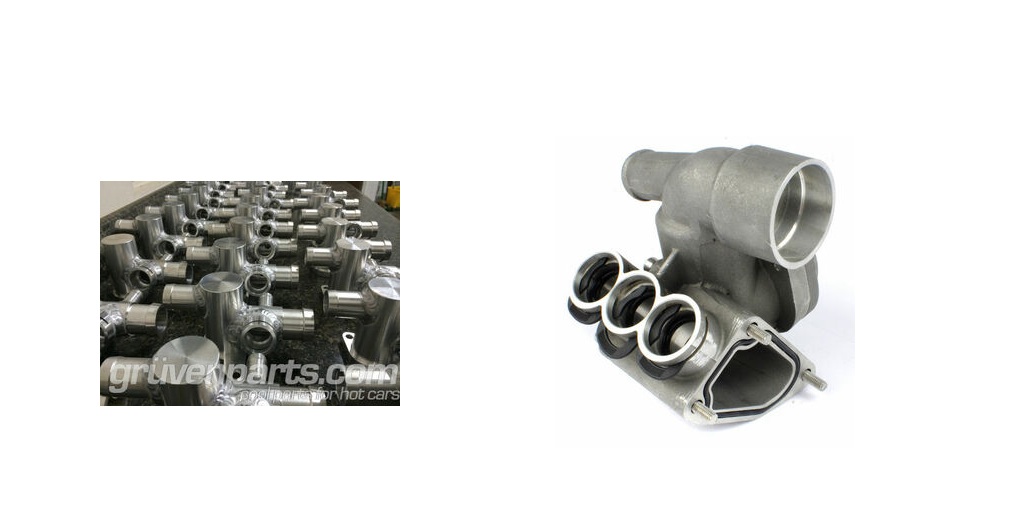
Automobiles have become integral machines in our daily lives. The very first was patented in 1886 by Karl Benz, but at that time, the vehicle was made of just three wheels and looked very similar to a rickshaw. However, that seemingly remedial invention was a pivotal one and changed our means of transportation forever.
Since then, the automobile has morphed and altered in countless ways to become the intelligent, sturdy, and intricate version we know (and love) today. Just one of the many complicated systems within the automobile is the cooling system.
But what exactly is a car cooling system and what is its role– and what are the car cooling system parts that make it tick?
What Is a Car Cooling System?
The car cooling system is responsible for keeping your engine from overheating. Overheating in your car’s engine could lead to potential engine damage and/or seizing. The system uses air and coolant in order to make the “magic” happen.
What Would Happen if It Broke?
If your cooling system broke, had a crack, or malfunctioned in any way, your engine could overheat, seize, or obtain irreparable damage. In order to avoid these potential problems, be sure to look out for the engine light turning on and check your coolant levels every few months (especially in the summer) to make sure your engine is getting the appropriate amount of cooling.
Important Car Cooling System Parts
You can already wager that the car cooling system contains numerous parts– and each one serves its own unique yet vital function. Below are just a handful of car cooling system parts and what it is they do for your engine and overall cooling system.
1. The Radiator
Easily the “head honcho” for all the cooling system parts is the radiator. The radiator is responsible for taking the coolant that had already gone through the engine and cooling it off again, which prepares it for another go around in the engine.
2. Radiator Hoses (Top and Bottom)
There are two plastic radiator hoses located on the top and bottom of the radiator. These hoses move the fluid from one to the other, which assists in its overall cooling and transportation.
3. Water Pump
Wondering how it is that the coolant is so efficiently propelled to the right places? You have the water pump to thank for that. The water pump essentially does as its title suggests: pumps water (or, rather, the coolant) through your system.
4. Thermostat
The temperature outside your car determines how much coolant your engine requires. The thermostat tackles that issue by gauging that outside temperature, then sending off the correct amount of coolant to assist your engine do its job!
5. Electric Cooling Fan
The electric cooling fan can either function as a primary cooling or supplementary cooling. It draws air through the radiator if the car isn’t moving quickly enough to generate the airflow necessary to keep the engine cool and running.
When it comes to the cooling system parts your vehicle needs, you need the most high-quality options available. That is why we could recommend Grüven Parts enough! Browse their abundance of car cooling system parts and other car parts today to find the pieces that help your favorite automobile run smoothly!


